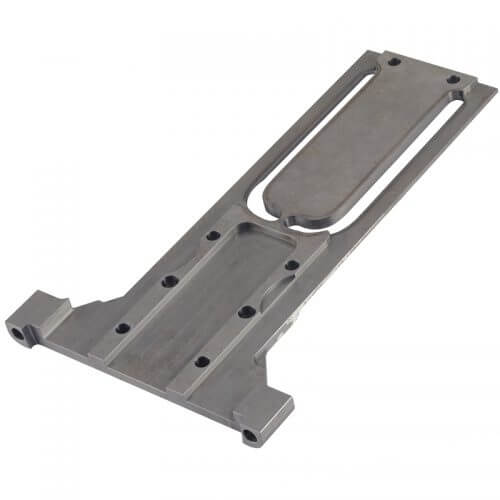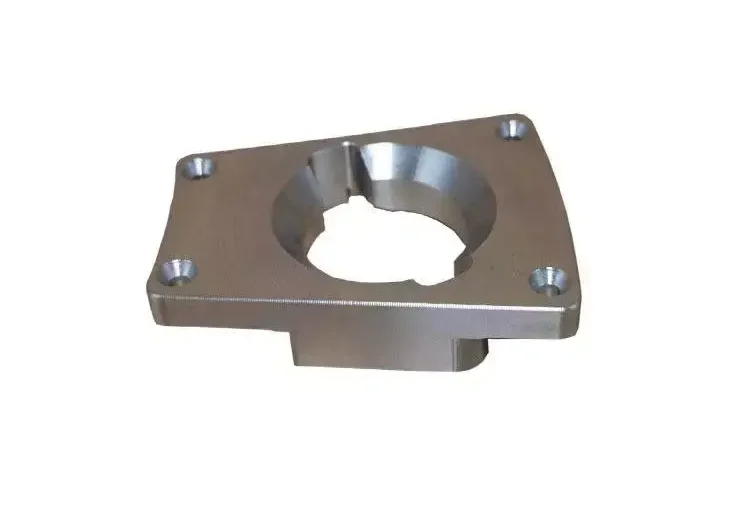Material Selection for Machined Parts
When it comes to designing machined parts, one of the most critical considerations is the selection of the right material. The choice of material can greatly impact the performance, durability, and cost-effectiveness of the final product. Therefore, it is essential to carefully evaluate various factors before making a decision.
Important factors to consider when designing machined parts
First and foremost, the mechanical properties of the material must be taken into account. Machined parts often need to withstand high loads, vibrations, and temperature variations. Therefore, the material should possess sufficient strength, hardness, and toughness to ensure the part’s integrity under these conditions. Additionally, the material’s ability to resist corrosion, wear, and fatigue is crucial for its long-term performance.
Another important factor to consider is the workability of the material. Machining involves cutting, drilling, and shaping materials to create the desired part. Some materials, such as aluminum and brass, are known for their excellent machinability because they can be easily cut and shaped without undue wear on tools. On the other hand, materials like stainless steel and titanium are more challenging to machine due to their high strength and hardness. Therefore, material selection should be based on the required complexity of the part and available processing capabilities.
Cost is also an important consideration in material selection. Different materials have different costs, depending on factors such as availability, production processes and market demand. While some high-performance materials may offer superior performance, they can also come at a much higher price tag. Therefore, a balance must be struck between the required performance and the available budget, so in some cases alternative materials with similar performance but lower cost may also be considered.

Furthermore, the intended application of the machined parts should be taken into account. Different industries and environments have specific requirements that must be met. For example, parts used in the aerospace industry may need to be lightweight, corrosion-resistant, and capable of withstanding extreme temperatures. In contrast, parts used in the automotive industry may prioritize strength, durability, and cost-effectiveness. Therefore, understanding the specific needs of the application is crucial in selecting the most suitable material.
In addition to these factors, it is also important to consider the availability and lead time of the chosen material. Some materials may be readily available in the market, while others may require longer lead times due to their scarcity or specific manufacturing processes. Delays in material procurement can significantly impact project timelines and overall production efficiency. Therefore, it is advisable to choose materials that are easily accessible and have shorter lead times, especially for time-sensitive projects.
In conclusion, material selection is a critical aspect of designing machined parts. The mechanical properties, machinability, cost, application requirements, and availability of the material should all be carefully evaluated before making a decision. By considering these factors, engineers and designers can ensure that the chosen material will meet the desired performance, durability, and cost-effectiveness requirements of the final product. Ultimately, the right material selection can contribute to the overall success of the project and the satisfaction of the end-users.
